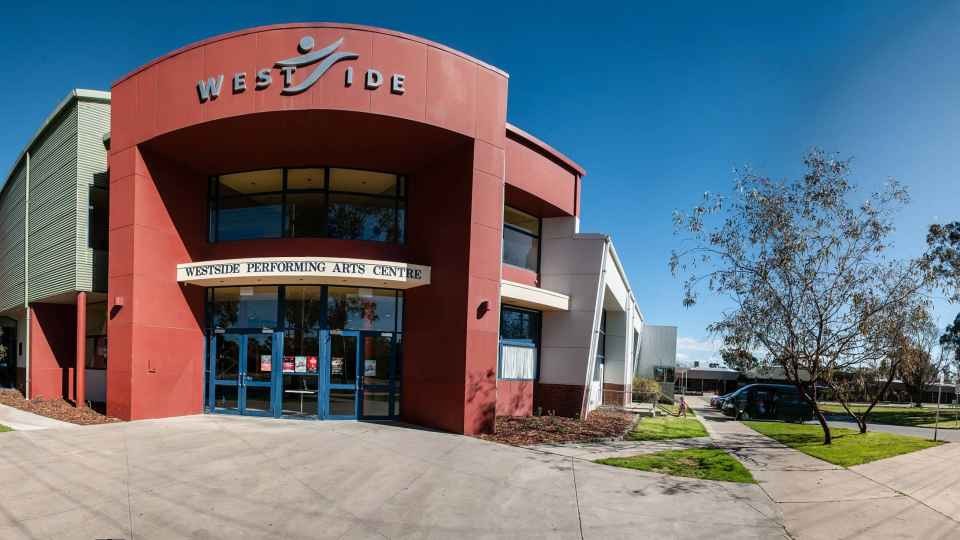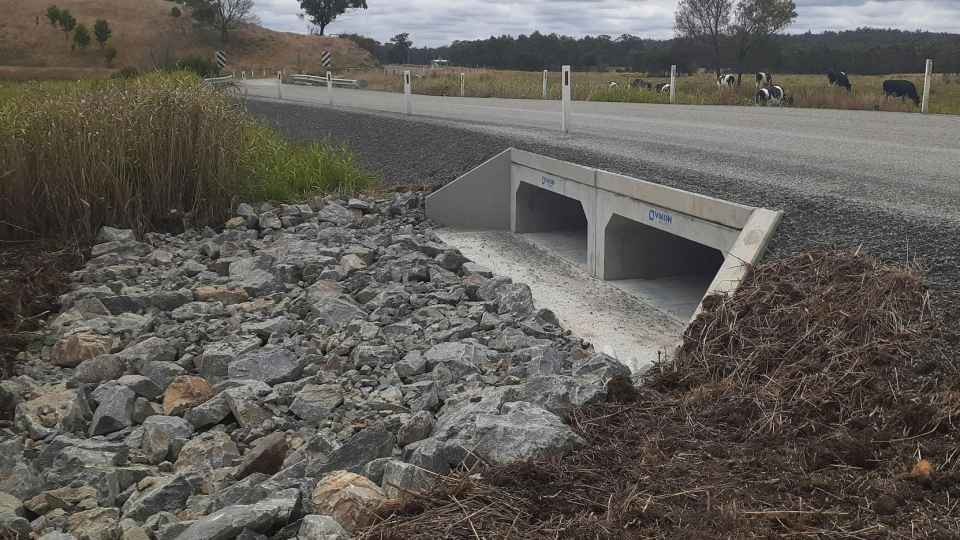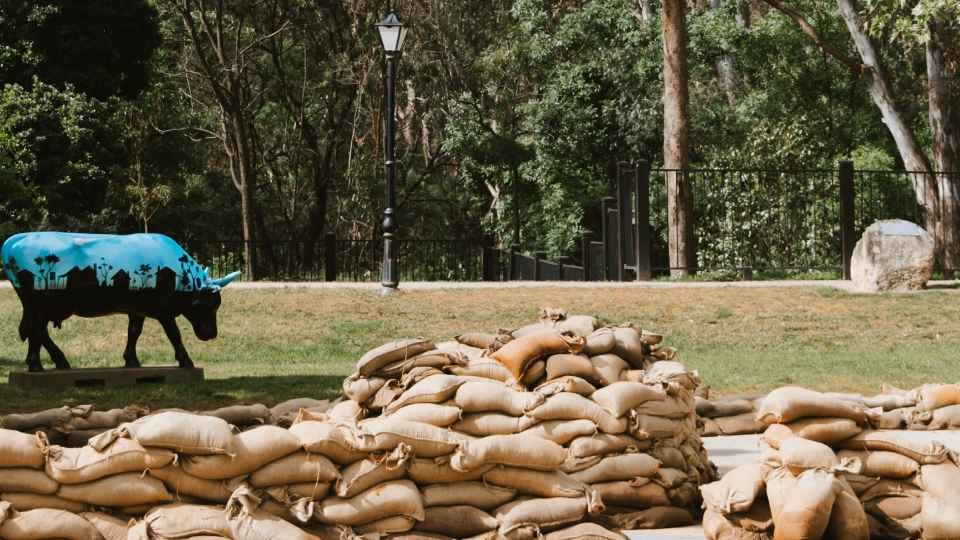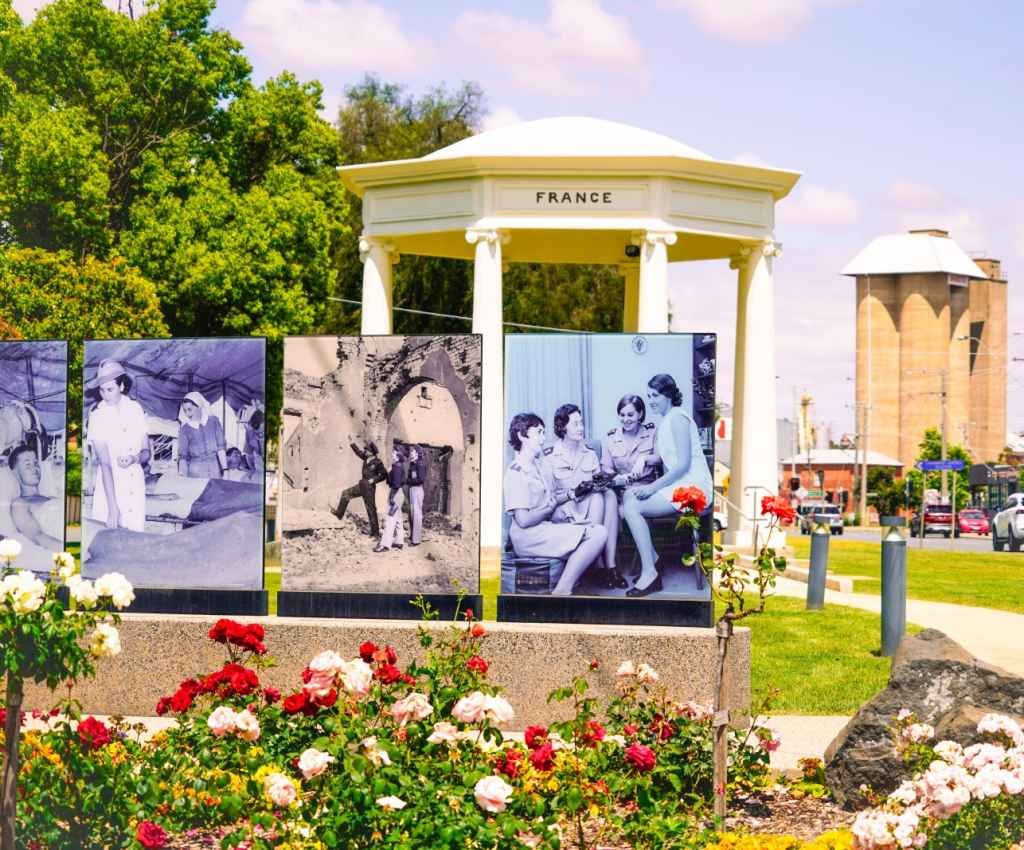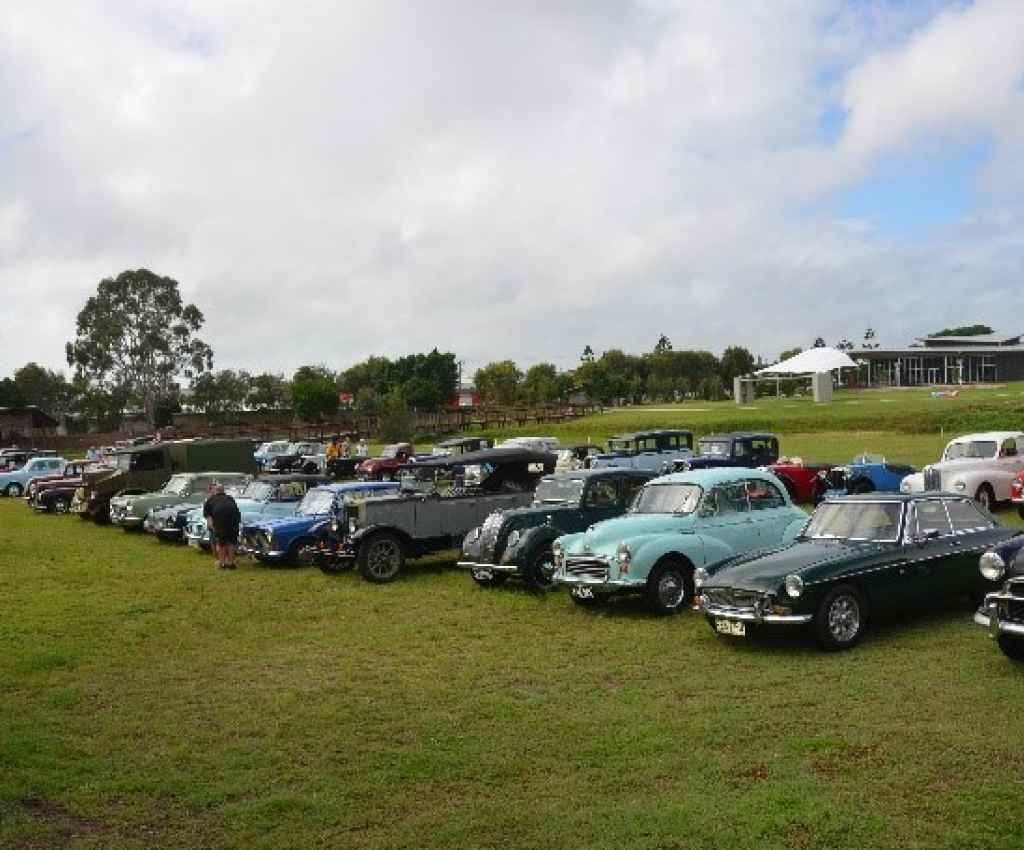The Awards recognise outstanding contributions to cultural heritage conservation, research, education, promotion, interpretation, training and awareness-raising within the municipality.
They aim to promote the benefits of cultural heritage conservation by highlighting good practice conservation examples and guidance, as well as offering the owners or guardians of our cultural heritage recognition of their invaluable work.
Cultural heritage includes both tangible cultural heritage such as buildings, monuments, landscapes, books, works of art and artefacts; and intangible cultural heritage such as folklore, traditions, language and knowledge.
Nominations had to be submitted by 8 December and site inspections by a judging panel, including Council’s Heritage Advisor, were arranged for buildings, parks and other places in January.
The winners of the 2015 Cultural Heritage Awards are:
Creative Re-use of a Place
Mooroopna Museum & Gallery Inc. for the adaptive reuse of the former nursing home (Grutzner House) within the former Mooroopna Hospital complex
The Grutzner House was part of the Mooroopna Hospital. It was constructed in the 1980’s and while in itself it is not a highly significant building it does contribute to an understanding of the cultural heritage significance of the Mooroopna Hospital. Cultural heritage significance is not just about history and aesthetics it is also about social significance. It is clear that the Mooroopna Hospital has historic significance – as an important regional hospital and for its contribution to the development of Mooroopna and Shepparton. It is of aesthetic significance for much of its architecture such as the main hospital building. Its social significance is also high and is quite tangible. This has been recognised by the Historical Society of Mooroopna. It is through their endeavours, and with the considerable support from local community, that they have managed to save a part of this very historic place and find a use for this building. If a historic building does not have a use it is very difficult to maintain and conserve. The adaptive works that they have undertaken have lightly touched the building and this is an important aspect of adaptive re-use. Of equal importance is the relevance of the collection to the site. A significant element of the collection relates to the site and this medical collection is said to be one of the best collections in Victoria.
Many would not have approached this task with the spirit that this dedicated group of volunteers have demonstrated. The sensitive re-use of the spaces has created a museum display that has its own integrity while at the same time respecting the fabric of the former Grutzner House. Their use of small rooms as a type of diorama is clever and contributes to the diversity of museum experiences. Their continuing adaptation of this building is to be supported as they are maintaining what is currently the only part of the hospital that has public access.
Conservation of a Place
Trustees of the Shepparton Mechanics’ Institute for works to the Shepparton Mechanics’ Institute
The trustees of the Shepparton Mechanics’ Institute have managed to bring their Institute and its core values into the 21st century and this is remarkable achievement. That they have done so while still maintaining a core of the original building is notable. The Mechanics’ Institute movement began in 1800 when Dr George Birkbeck of the Andersonian Institute in Scotland gave a series of lectures to local mechanics [working men]. The lectures were free and proved popular. The movement spread quickly throughout the British Empire.
From the 1850’s, Mechanics' Institutes quickly spread throughout Victoria - wherever a hall or library, or a school was needed. Nearly a thousand were built in Victoria and 562 remain today. However, of these only a few have truly retained their original purpose. The conservation of the original hall is important and it helps us trace the history and evolution of this Institute in Shepparton. It has been done in such a manner that the current layout can be removed to reveal the original spaces and features. It is also important to note that the different periods can be clearly identified through the fabric. There is the 19th century hall, the early 20th century facade, the community mural and the more recent developments. Each period is representative of the social conditions of the time and the fact that so much fabric has been retained and conserved is commendable.
Best Publication
Katandra & District History Group Inc. for their publication "Hope & Hardship" - a historic record of Soldier & Closer Settlement in the Katandra district from 1919 to 1933
Publications such as these contribute to an understanding of the rich history that can be found throughout Greater Shepparton. The importance of this research cannot be underestimated as it brings to the forefront a period of history that has received very little attention. This period of rural settlement has left its mark on the region. The intensification of farming was driven by government policies and was accompanied by the creation of new townships such as Katandra. Some of these townships survived and some are now just a location. The changing landscapes make histories such as these so valuable as they serve as a reminder of the vision and the hopes for this region.
It is also timely as we are now approaching the 100th Anniversary of Gallipoli. This publication touches on the returning soldiers and the rewards provided for them by the government of the day. The intentions were honourable but the success rate was low. The title of the publication ‘Hope and Hardship’ encapsulates this period and it provides scope for reflection as soldiers and settlers alike struggled to make a success of farming while at the same time establishing communities. This future was dearly paid for but these early settlers never forgot and this book to some degree is continuing on with the same spirit with its recording of these events.
Interpretive Signage
Yorta Yorta Nations Aboriginal Corporation for the Flats Interpretive Signage
Aboriginal cultural heritage has many layers ranging from the prosaic to a highly sensitive heritage that can only be shared by those who have been initiated. Much of the tangible heritage is now found in museums, keeping places, art museums, libraries and educational institutions. These places are important as they are conserving and recording for posterity the cultural materials. However, Aboriginal cultural heritage and perhaps more so than many other cultures relies on its context and setting for meaning.
The Flats Walk identifies a significant period of Aboriginal history and much of this history relates to this context – the Flats. The Flats Walk has also called on oral histories for much of its history and as such is a powerful story. The Flats Walk through interpretative panels describes how those who walked off from Cummeragunja established a new community at the Flats. The panels are a combination of text and images and they provide a snapshot of cultural attitudes that make you want to learn more about this period of history. The panels have a universal appeal and provide an opportunity for education and a raised awareness of the complexity of Aboriginal history as well as the strength and resilience of this Aboriginal community.
Other Contribution
Trustees of the Shepparton Mechanics’ Institute for their tireless work
The Mechanics’ Institute has through its displays raised the awareness of a number of historic places and people. However, the most notable is Joseph Furphy. He wrote Such is Life and this is now recognised as a seminal novel from the 19th century. In fact he is often referred to as the ‘father of the Australian novel’. It describes the life and times of the 19th century with witty and pertinent philosophic observations. Joseph Furphy’s brother [John] is also of note as his brother produced the Furphy water tank – a quintessential feature of the rural landscape. This manufacturing industry is still one of the region’s largest industries. The Mechanics’ Institute is the only place in Shepparton to recognise this remarkable man [and family]. Furphy is a name that has gone into history and is part of our lexicon.
There are other historic features and reminders of old Shepparton and pioneers of the district that are part of the display. This interpretative display is a simple display but one that is accessible and one that is viewed by many people as they use the spaces within the institute. It is an excellent educative display and one that deserves this award.


